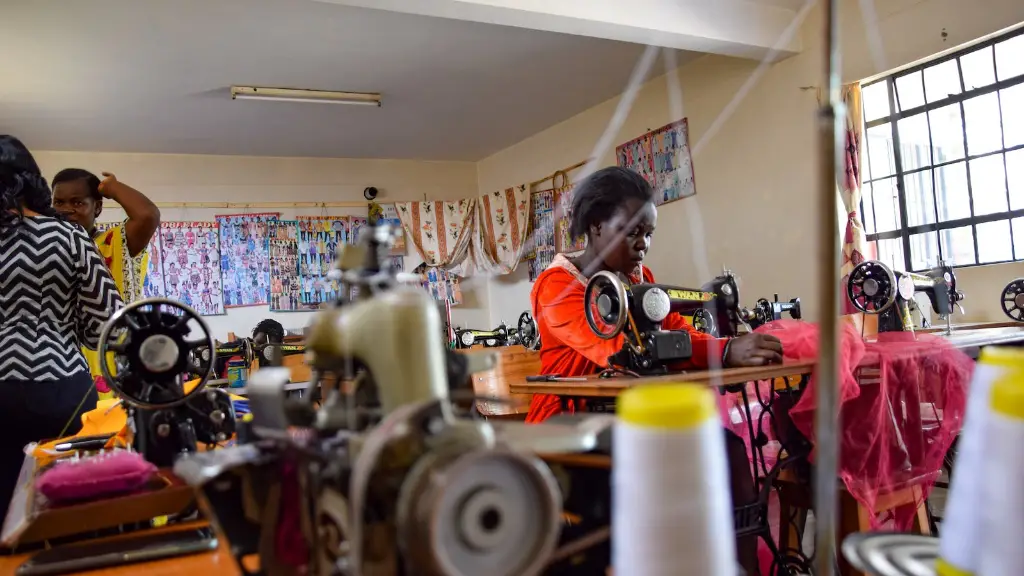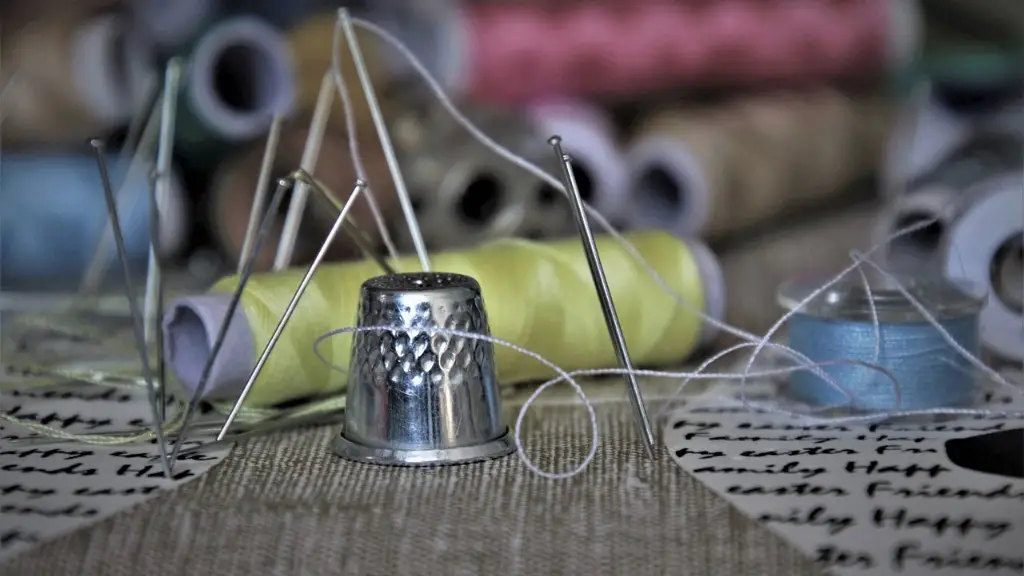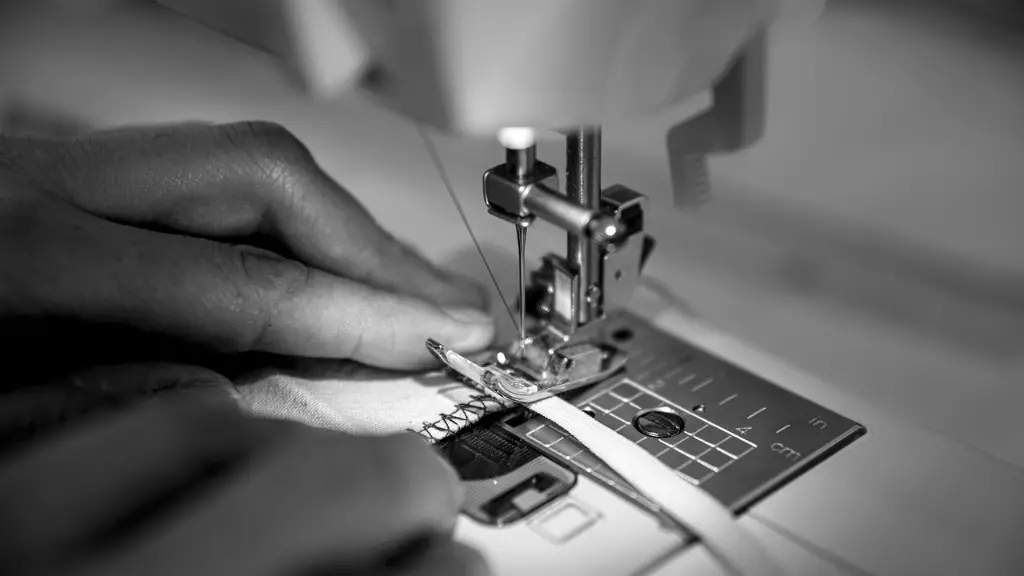Introduction
A ruffler foot is an accessory for a sewing machine designed to help sew garments that require pleating, tucking, shirring and gathering. It is a helpful tool for making ruffles and gathers in fabric quickly and with more accuracy and evenness than with manual techniques. It is also used to help sew hems on a garment or to add trim around the edges of a project. Attaching a ruffler foot to a sewing machine is a relatively easy process that doesn’t take much time. This article will provide information on how to attach a ruffler foot and the benefits of using one.
How to Attach a Ruffler Foot
The first step to attaching a ruffler foot is to make sure that the sewing machine is turned off. Then, attach the appropriate presser foot adapter to the sewing machine — the ruffler foot should come with instructions as to which adapter is necessary. If the adapter is not included, your local sewing supply store should carry one that is compatible with your machine. With the adapter in place, then the ruffler foot can be secured to the adapter by sliding it in until it clicks into place.
Next, the desired settings must be adjusted based on what kind of stitch the user wishes to make. The three different settings are differentiated by the number of stitches that are created per gathering. The settings can range from two gathers per stitch to eight. Also, the needle position needs to be adjusted depending on the kind of pleating or gathering desired. Finally, the type of fabric being used and the desired look must be taken into account when adjusting settings, as lighter fabrics will require lower settings and heavier fabrics, higher settings.
Benefits of Using a Ruffler Foot
There are several advantages to using a ruffler foot. For one, it is faster and easier than using manual techniques to make ruffles and gathers. It is also much more precise and consistent than manual techniques, resulting in even and consistent ruffles or gathers. Additionally, it saves time and energy since it cuts out the need to manually adjust the needle and adjust settings. Finally, it is easier to achieve uniform and consistent pleats, which can be more aesthetically pleasing than pleats made with a manual technique.
Conclusion
Attaching a ruffler foot to a sewing machine is not a difficult process, and it can provide a great deal of convenience and accuracy when making pleats and ruffles. Understanding how to attach the foot and adjust the settings will help to make the process easier and quicker. With some practice, the user should be able to start using the ruffler foot efficiently and create even and consistent pleats in no time.
Tips for Making a Perfect Pleat
When using a ruffler foot, it can be helpful to keep a few tips in mind to ensure a perfect pleat. The first tip is to ensure that the fabric is straight when feeding it into the foot. This will help to create a straighter and more uniform pleat. It can also be helpful to adjust the length of the stitch that the ruffler creates to ensure that the pleat is even and consistent.Finally, it’s important to pay attention to the settings on the ruffler foot in order to achieve the desired look.
Types of Ruffling Techniques
There are a few different types of ruffling techniques that can be used with a ruffler foot. The first is the pleating technique, which involves drawing up the fabric in the middle of each stitch, resulting in pleats. The second technique is the gathering technique, which involves creating an even amount of gathers all the way along the fabric. These can be used to add a decorative element to a project, as well as to give the fabric more fullness and texture. The third technique is the shirring technique, which involves creating a curved pattern along the fabric, rather than pleats or gathers.
Maintenance of a Ruffler Foot
In order to keep a ruffler foot in top working condition, it is important to practice regular maintenance. This includes cleaning the foot after each use, as well as regularly lubricating the gears and mechanism with a light oil, such as sewing machine oil. It can also be helpful to check the tension springs regularly in order to ensure that they are working properly. Finally, it is important to store the ruffler foot in a dry area when not in use, as moisture can cause rust and damage to the foot.
Troubleshooting a Ruffler Foot
At times, a ruffler foot can encounter issues such as skipped stitches, uneven pleats and difficulty feeding the fabric. If this happens, it is important to first check that the machine settings are correct and that the fabric is being fed in properly. It can also be helpful to practice making pleats on a scrap piece of fabric first in order to test settings and make any adjustments as necessary. Also, if the foot appears to be stuck or is not functioning properly, it may be necessary to break down the machine in order to clean and lubricate parts.


